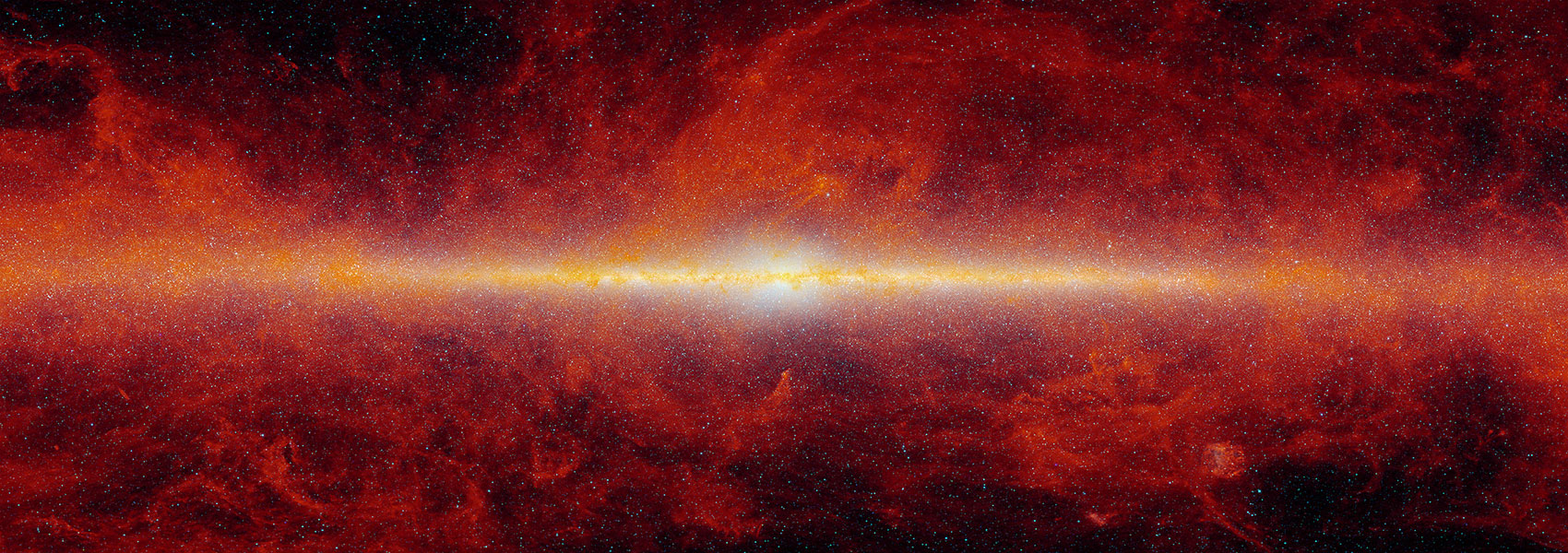July
2023
•
2023A&A...675A.183C
Authors
•
Cabrera, J.
•
Gandolfi, D.
•
Serrano, L. M.
•
Csizmadia, Sz.
•
Egger, J. A.
•
Baumeister, Ph.
•
Krenn, A.
•
Benz, W.
•
Deline, A.
•
Florén, H. -G.
•
Collier Cameron, A.
•
Adibekyan, V.
•
Alibert, Y.
•
Bellomo, S. E.
•
Delrez, L.
•
Fossati, L.
•
Fortier, A.
•
Grziwa, S.
•
Hoyer, S.
•
Bonfanti, A.
•
Salmon, S.
•
Sousa, S. G.
•
Wilson, T. G.
•
Alarcón, J.
•
Alonso, R.
•
Anglada Escudé, G.
•
Bárczy, T.
•
Barragán, O.
•
Barrado, D.
•
Barros, S. C. C.
•
Baumjohann, W.
•
Beck, M.
•
Beck, T.
•
Bernabò, L. M.
•
Billot, N.
•
Bonfils, X.
•
Borsato, L.
•
Brandeker, A.
•
Broeg, C.
•
Carrión-González, O.
•
Charnoz, S.
•
Ciardi, D. R.
•
Cochran, W. D.
•
Collins, K. A.
•
Collins, K. I.
•
Conti, D. M.
•
Davies, M. B.
•
Deeg, H. J.
•
Deleuil, M.
•
Demangeon, O. D. S.
•
Demory, B. -O.
•
Ehrenreich, D.
•
Erikson, A.
•
Esposito, M.
•
Fridlund, M.
•
Gillon, M.
•
Goffo, E.
•
Güdel, M.
•
Guenther, E. W.
•
Harre, J. -V.
•
Heng, K.
•
Hooton, M. J.
•
Isaak, K. G.
•
Jenkins, J. M.
•
Kiss, L. L.
•
Knudstrup, E.
•
Lam, K. W. F.
•
Laskar, J.
•
Lecavelier des Etangs, A.
•
Lendl, M.
•
Lovis, C.
•
Luque, R.
•
Magrin, D.
•
Maxted, P. F. L.
•
Muresan, A.
•
Nascimbeni, V.
•
Olofsson, G.
•
Osborn, H. P.
•
Osborne, H. L. M.
•
Ottensamer, R.
•
Pagano, I.
•
Pallé, E.
•
Persson, C. M.
•
Peter, G.
•
Piotto, G.
•
Pollacco, D.
•
Queloz, D.
•
Ragazzoni, R.
•
Rando, N.
•
Rauer, H.
•
Redfield, S.
•
Ribas, I.
•
Ricker, G. R.
•
Rodler, F.
•
Santos, N. C.
•
Scandariato, G.
•
Seager, S.
•
Ségransan, D.
•
Simon, A. E.
•
Smith, A. M. S.
•
Steller, M.
•
Szabó, Gy. M.
•
Thomas, N.
•
Tosi, N.
•
Twicken, J. D.
•
Udry, S.
•
Van Eylen, V.
•
Van Grootel, V.
•
Walton, N. A.
•
Winn, J. N.
Abstract
•
Context. Giant planets are known to dominate the long-term stability of planetary systems due to their prevailing gravitational interactions, but they are also thought to play an important role in planet formation. Observational constraints improve our understanding of planetary formation processes such as the delivery of volatile-rich planetesimals from beyond the ice line into the inner planetary system. Additional constraints may come from studies of the atmosphere, but almost all such studies of the atmosphere investigate the detection of certain species, and abundances are not routinely quantitatively measured.
Aims: Accurate measurements of planetary bulk parameters - that is, mass and density - provide constraints on the inner structure and chemical composition of transiting planets. This information provides insight into properties such as the amounts of volatile species, which in turn can be related to formation and evolution processes.
Methods: The Transiting Exoplanet Survey Satellite (TESS) reported a planetary candidate around HD 190622 (TOI-1054), which was subsequently validated and found to merit further characterization with photometric and spectroscopic facilities. The KESPRINT collaboration used data from the High Accuracy Radial Velocity Planet Searcher (HARPS) to independently confirm the planetary candidate, securing its mass, and revealing the presence of an outer giant planet in the system. The CHEOPS consortium invested telescope time in the transiting target in order to reduce the uncertainty on the radius, improving the characterization of the planet.
Results: We present the discovery and characterization of the planetary system around HD 190622 (TOI-1054). This system hosts one transiting planet, which is smaller than Neptune (3.087-0.053+0.058REarth, 7.7 ± 1.0 MEarth) but has a similar bulk density (1.43 ± 0.21 g cm−3) and an orbital period of 16 days; and a giant planet, not known to be transiting, with a minimum mass of 227.0 ± 6.7 MEarth in an orbit with a period of 315 days.
Conclusions: Our measurements constrain the structure and composition of the transiting planet. HD 190622b has singular properties among the known population of transiting planets, which we discuss in detail. Among the sub-Neptune-sized planets known today, this planet stands out because of its large gas content.
Radial velocity and photometry data of HD 190622 are only available at the CDS via anonymous ftp to
cdsarc.cds.unistra.fr (ftp://130.79.128.5) or via
https://cdsarc.cds.unistra.fr/viz-bin/cat/J/A+A/675/A183
Links




